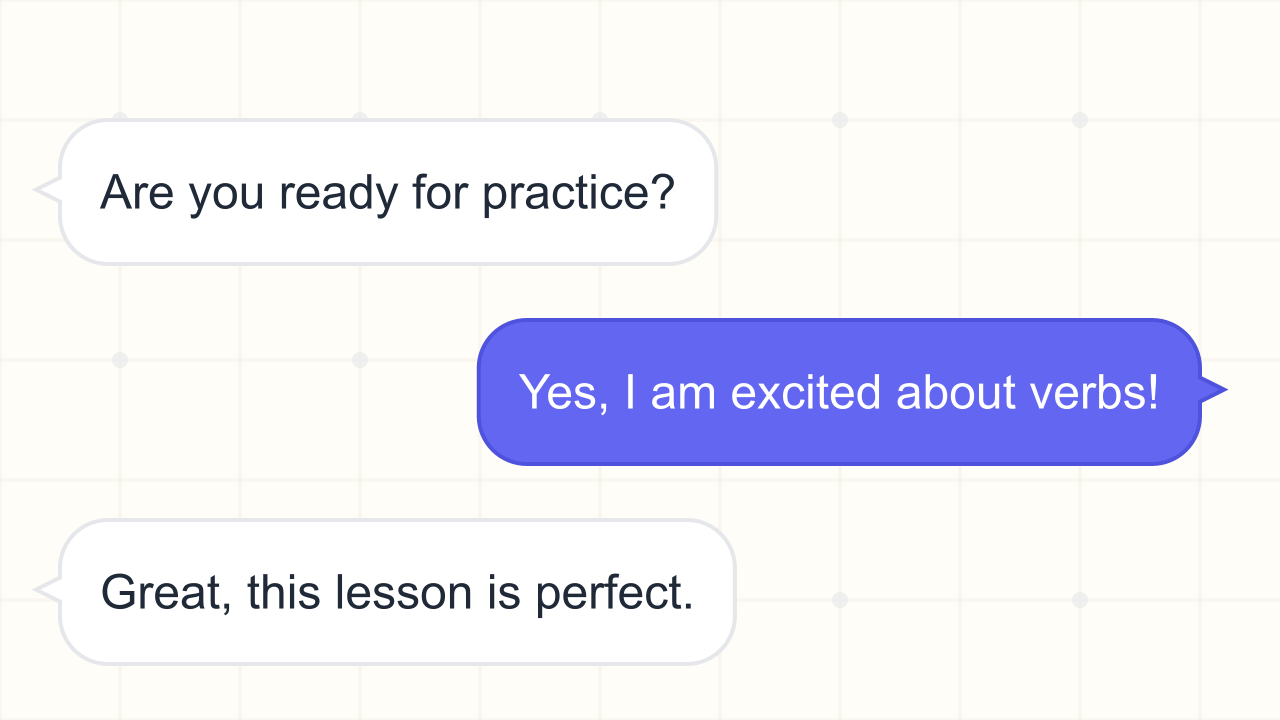Present Perfect vs Simple Past grammar Exercise
Learn the difference between present perfect and simple past tenses through dropdown selection exercises. Perfect for understanding when to use each tense correctly.
Exercise Guide
How to complete:
Choose the correct verb form from the dropdown menu for each blank. Focus on the difference between present perfect and simple past tenses.
- Look for time markers: "already", "just", "never" (present perfect) vs "yesterday", "last week" (simple past).
- Present perfect connects past actions to the present moment.
- Simple past describes completed actions at specific times in the past.
- Select the most appropriate option from each dropdown menu.
- Consider the context and meaning of each sentence carefully.
Success tips:
- Use present perfect for experiences without specific time: "I have visited Paris."
- Use simple past for actions at specific times: "I visited Paris last year."
- Watch for signal words: "ever", "never", "already", "yet" = present perfect.
- Time expressions like "ago", "yesterday", "in 2020" = simple past.
- Present perfect often answers "Have you ever...?" questions.
Knowledge:
This exercise focuses on the crucial difference between present perfect and simple past tenses. You'll practice choosing the correct form based on context clues and time expressions. Present perfect emphasizes the connection between past and present, while simple past describes completed actions at specific times.
Complete the Exercise
Paragraph 1
Paragraph 2
Paragraph 3
Paragraph 4
Paragraph 5
Paragraph 6
Paragraph 7
Paragraph 8
Paragraph 9
Paragraph 10
Paragraph 11
Paragraph 12
Paragraph 13
Paragraph 14
Paragraph 15
Share this exercise
Help others learn grammar by sharing this exercise
Related Exercises

Modal Verbs of Obligation (must, have to, should)
Practise choosing “must”, “have to”, or “should” to express obligation, necessity, and recommendations in real-life contexts.

Modal Verbs of Permission (may, can, could)
Practise choosing “may”, “can”, or “could” to ask for permission, give consent, or describe rules politely.

Modal Verbs of Ability (can, could)
Practise selecting “can” or “could” to express ability, requests, and possibilities in everyday situations.

To Be: Is, Am, Are
Practise choosing the correct form of the verb “to be” — is, am, or are — in present simple sentences about people, places, and things.

Have got vs has got
Practise choosing between "have got" and "has got" to express possession, relationships, and characteristics accurately.